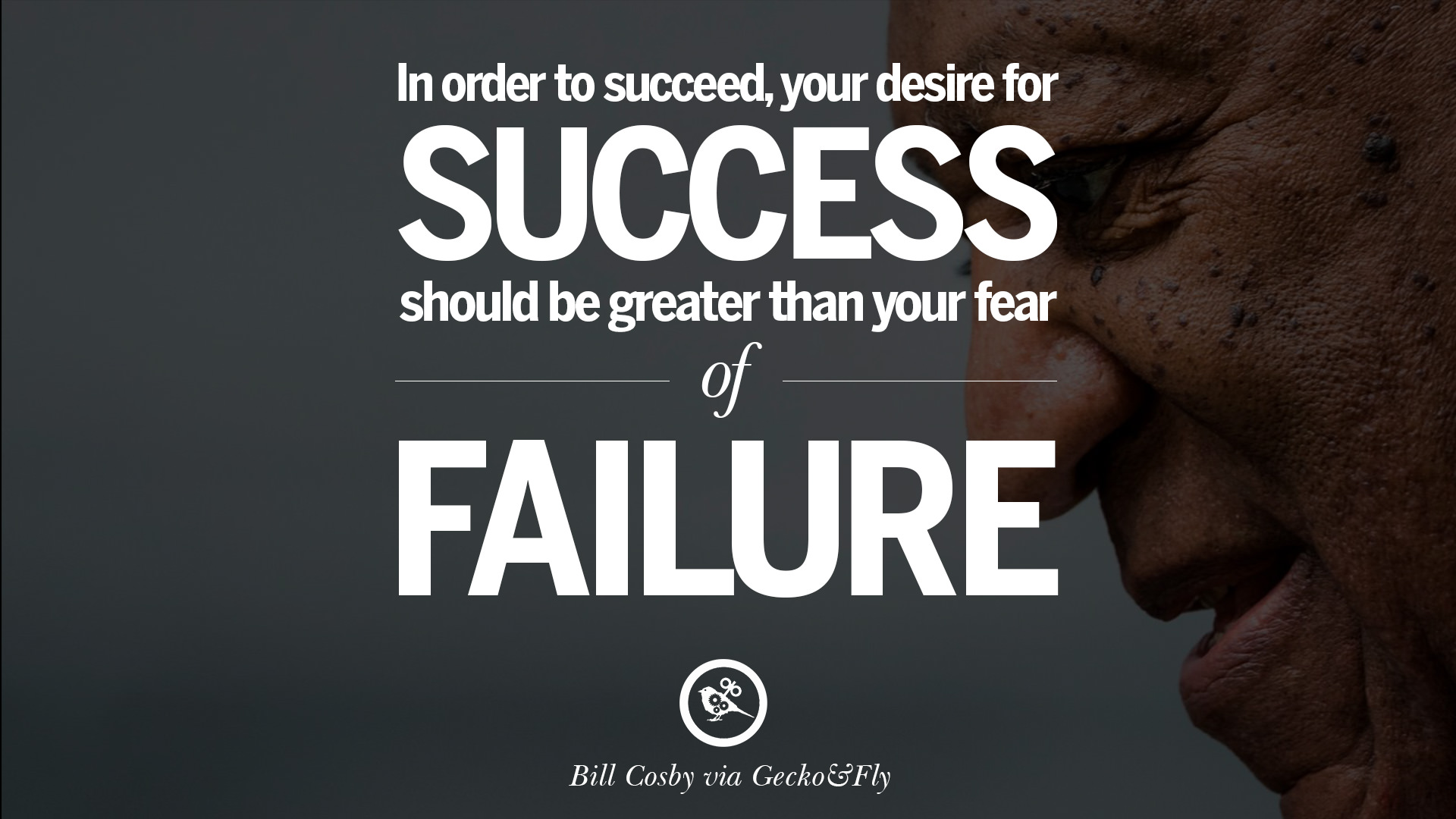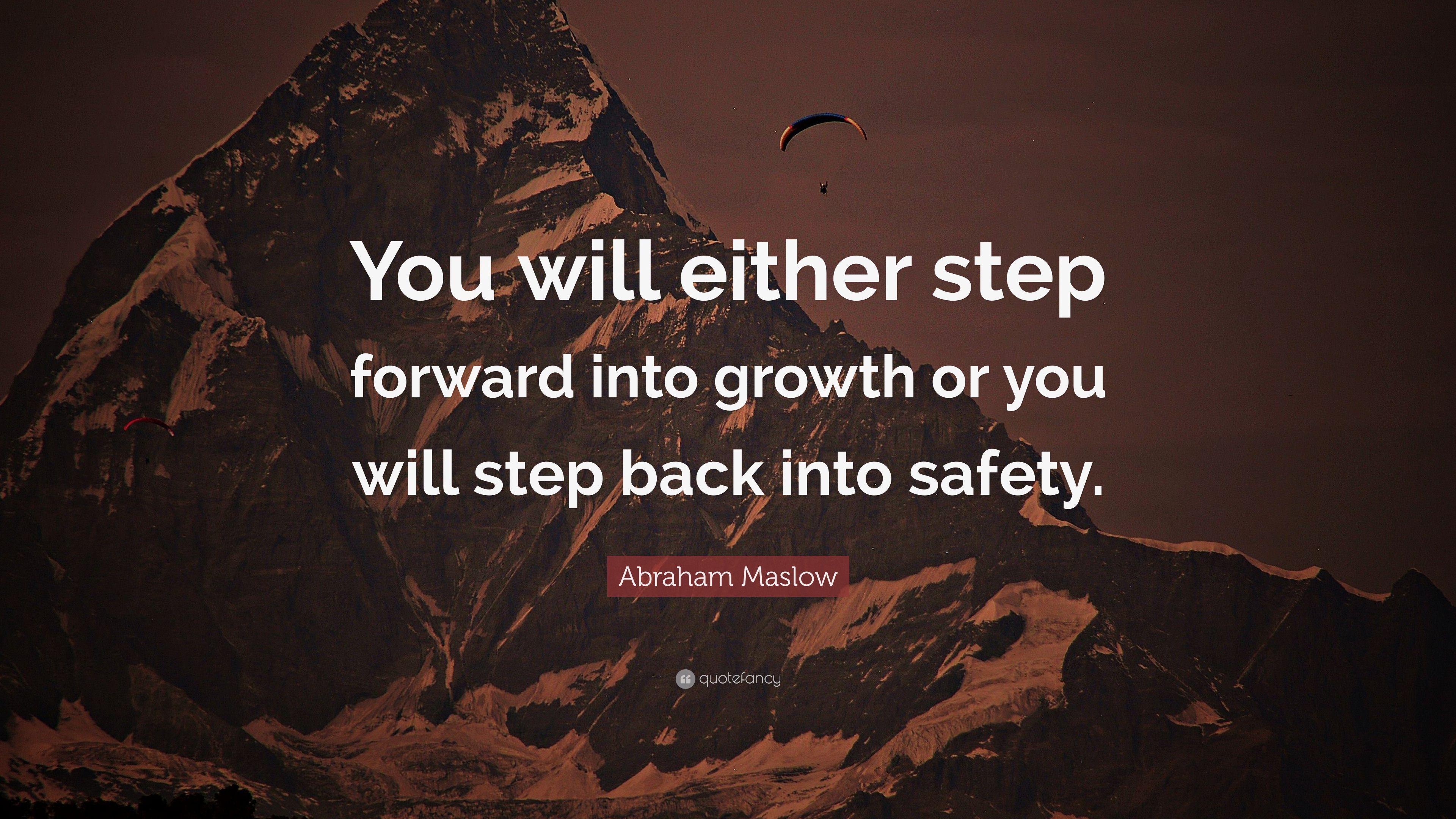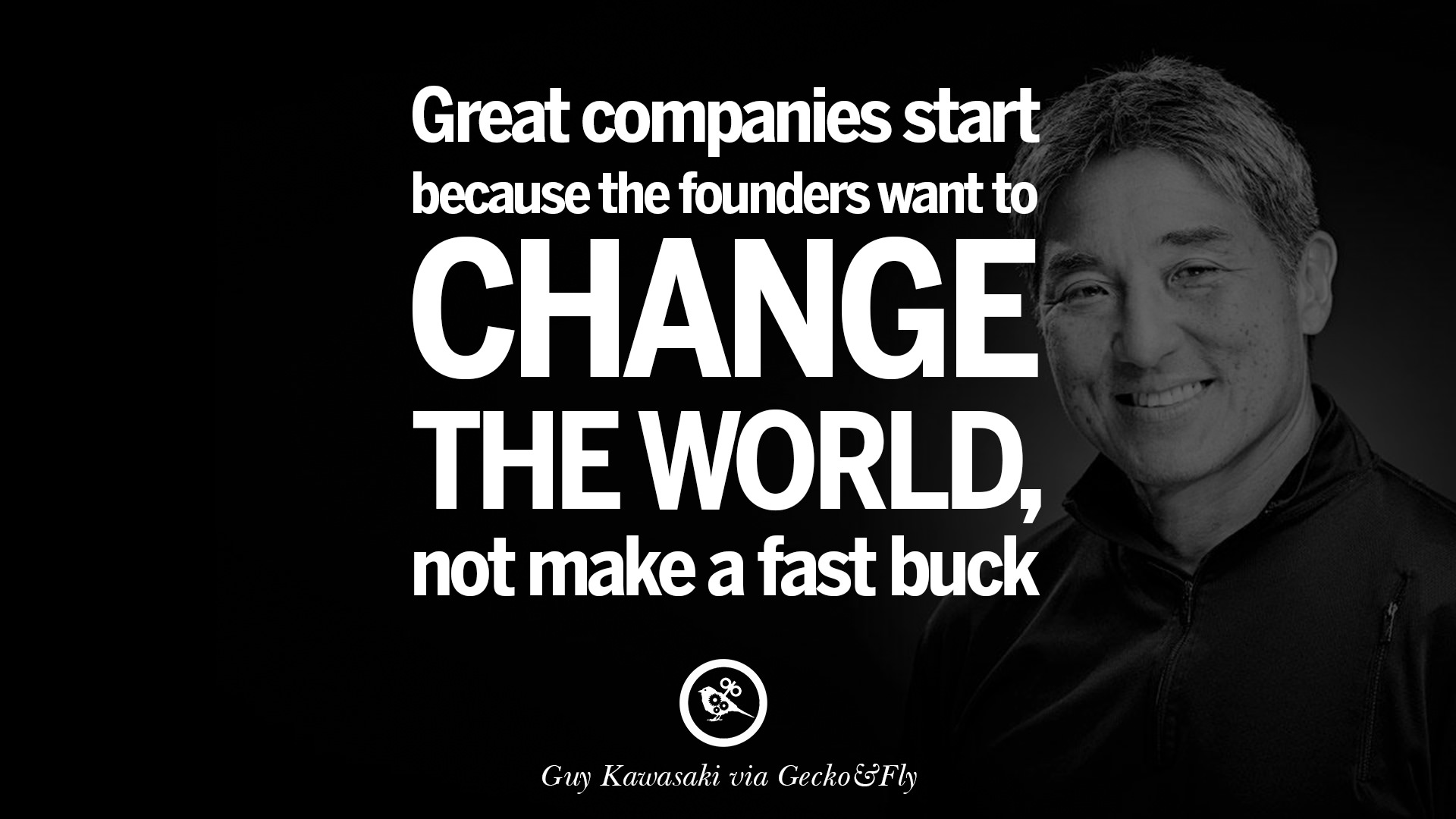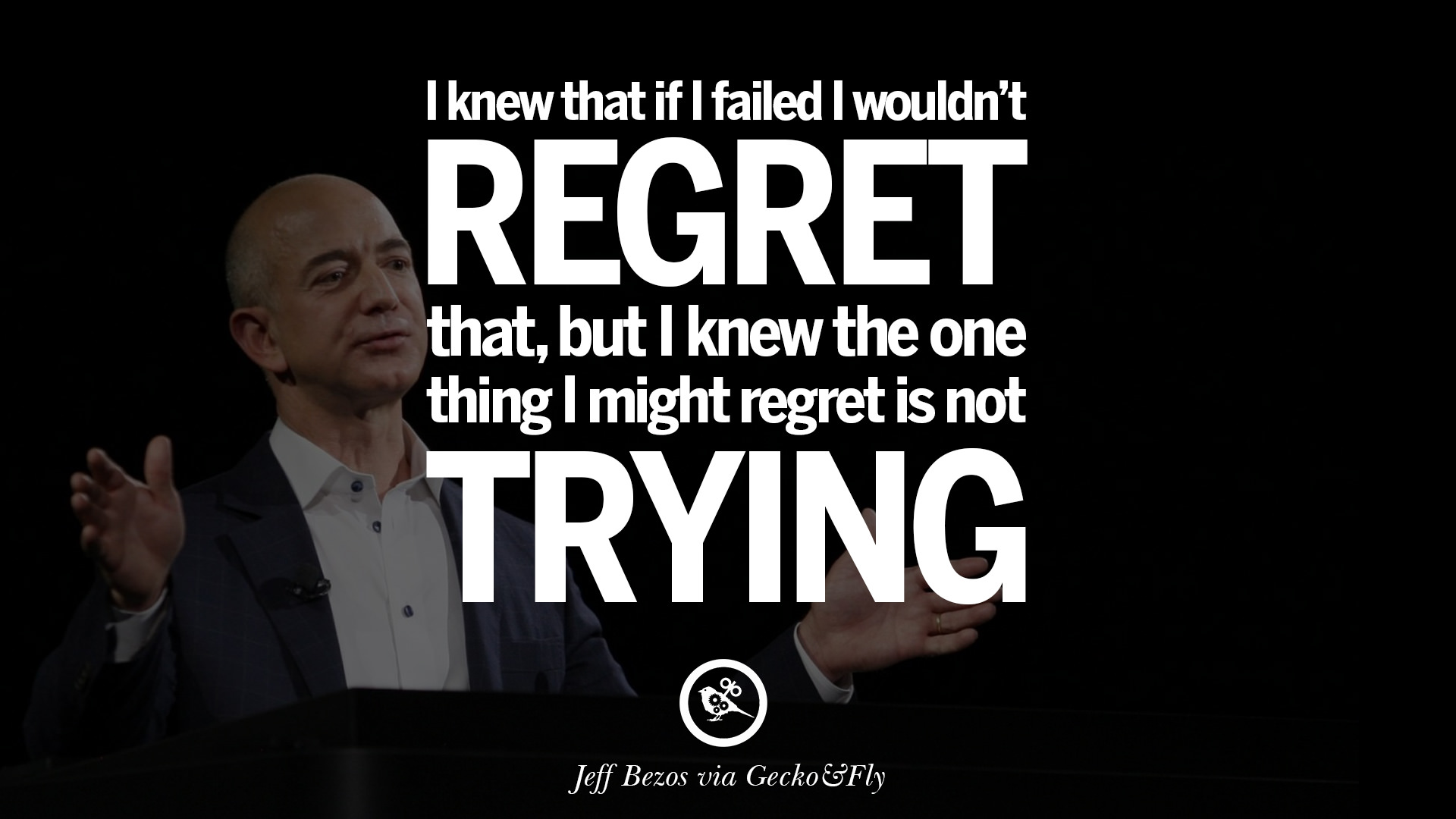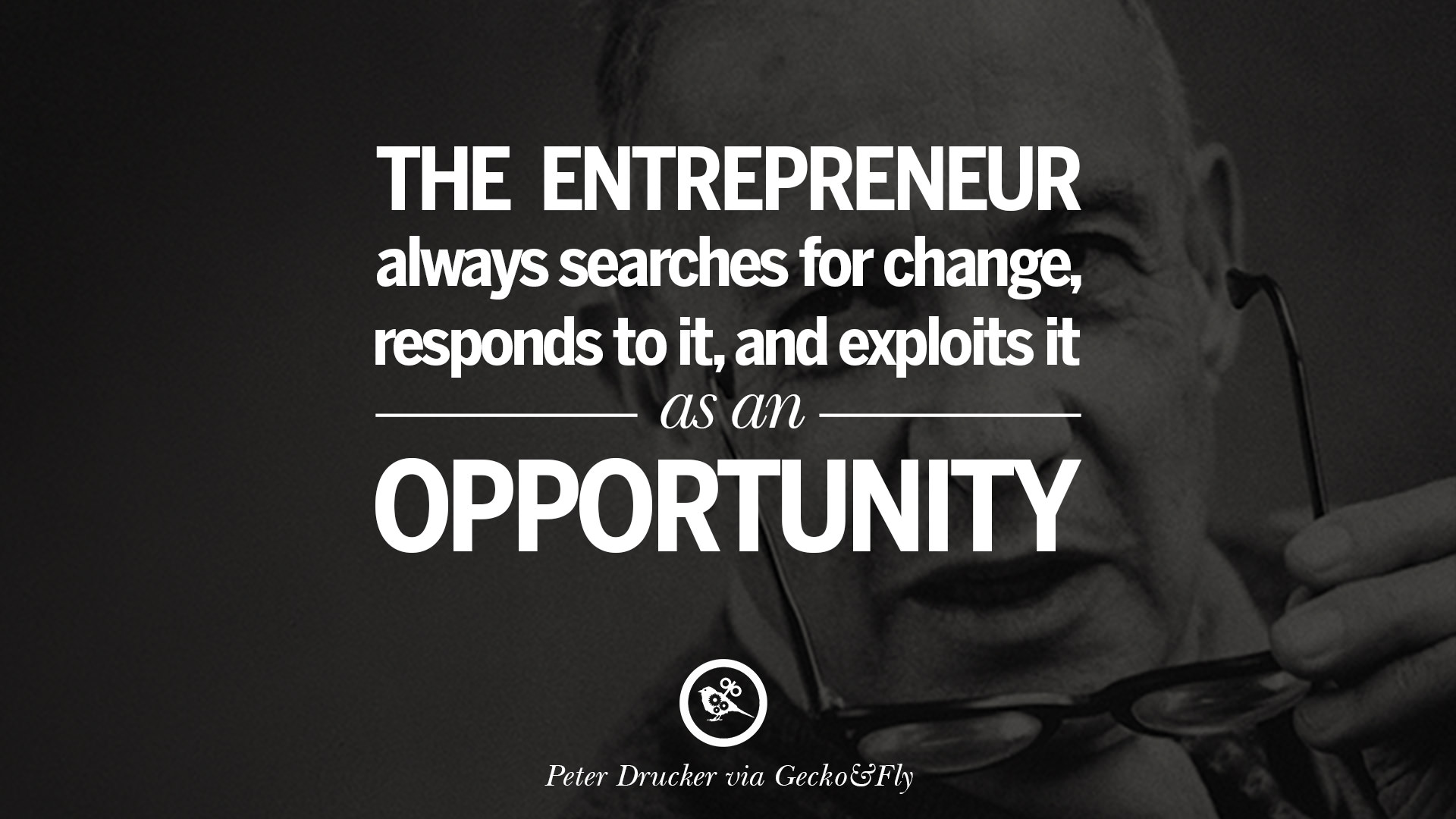Motivational Quotes For Businesses
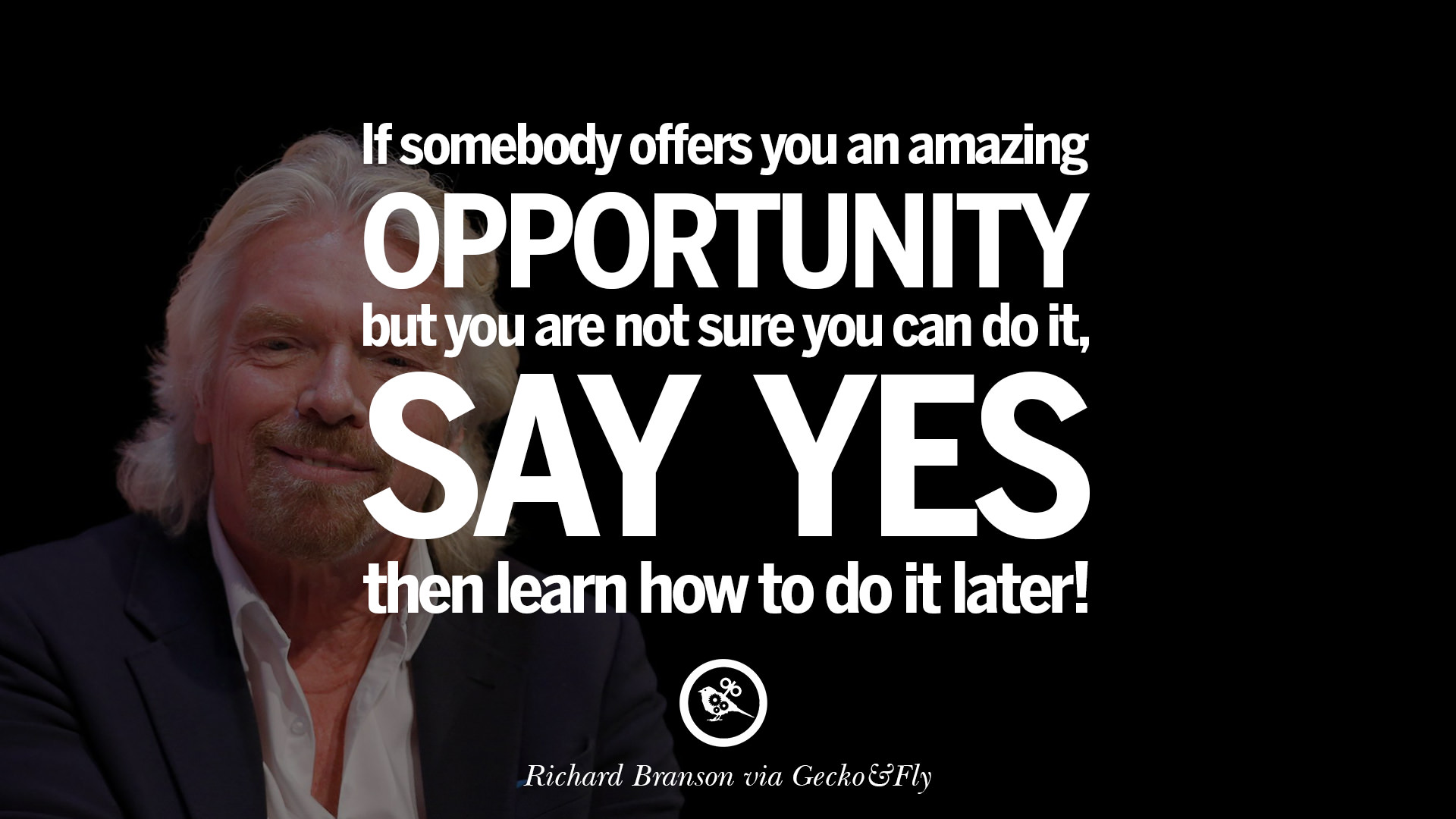
In today's relentlessly competitive business landscape, maintaining employee morale and fostering a thriving company culture is paramount. While strategies like competitive salaries and robust benefits packages are essential, a seemingly simple tool – motivational quotes – is gaining traction as a cost-effective method to inspire and energize teams. But do these bite-sized bursts of inspiration actually translate to tangible business results, or are they merely superficial platitudes?
This article delves into the evolving use of motivational quotes within businesses. We will analyze their potential impact on employee productivity and overall company performance. Furthermore, we will also examine the criticisms surrounding their use and explore best practices for leveraging them effectively, if at all.
The Rise of Inspirational Messaging
The proliferation of motivational quotes is undeniable, fueled by social media and a growing emphasis on positive psychology. Companies are increasingly integrating these quotes into their internal communications. These are often found in newsletters, office spaces, and even internal messaging platforms.
Forbes, in a recent article on company culture, highlighted the importance of creating a positive and engaging work environment. Motivational quotes are often presented as a readily accessible method for achieving this goal.
However, the efficacy of this approach is a subject of debate.
Potential Benefits: Boosting Morale and Focus
Proponents of motivational quotes argue they can serve as potent reminders of company values and strategic goals. They can offer a brief respite from daily pressures. This potentially enhances focus and encourages employees to persevere through challenges.
Dr. Anya Sharma, an organizational psychologist at the University of California, Berkeley, notes, "When used judiciously, motivational quotes can provide a quick jolt of inspiration. They can help reframe perspectives and foster a sense of shared purpose."
Studies on employee engagement, like those conducted by Gallup, consistently show a correlation between positive work environments and increased productivity. Motivational quotes are, arguably, one component of building such an environment.
Criticisms and Potential Pitfalls
Critics argue that relying solely on motivational quotes is a superficial approach to addressing deeper issues. They suggest issues like poor management or inadequate resources can lead to employee dissatisfaction.
A Harvard Business Review article pointed out the danger of "toxic positivity." Overusing simplistic motivational phrases can invalidate genuine employee concerns.
Furthermore, the constant bombardment of inspirational messages can lead to apathy. People may develop a sense of cynicism towards such messages, rendering them ineffective.
Best Practices: Context and Authenticity
To effectively leverage motivational quotes, context is crucial. Rather than randomly displaying quotes, they should be aligned with specific company initiatives or values.
Simon Sinek, author of "Start With Why," emphasizes the importance of aligning all company communications with a clear and compelling purpose. This helps employees understand the why behind their work and see how motivational quotes connect to that purpose.
Authenticity is another key consideration. Generic or overly cliché quotes can often fall flat. Quotes from company leaders, or even team members, sharing their personal experiences can be far more impactful.
Companies should also solicit employee feedback. Find out which quotes resonate with them and which ones do not. This ensures that the motivational messages are relevant and well-received.
The Future of Workplace Motivation
Motivational quotes, when used strategically and thoughtfully, can contribute to a positive work environment. However, they should not be viewed as a substitute for addressing fundamental issues.
The future of workplace motivation likely lies in a multi-faceted approach. An approach that combines inspirational messaging with concrete actions that demonstrate a commitment to employee well-being and professional development.
Ultimately, the most effective approach is one that fosters a culture of genuine appreciation, recognition, and support. This is a way to create an environment where employees are naturally motivated to excel.


